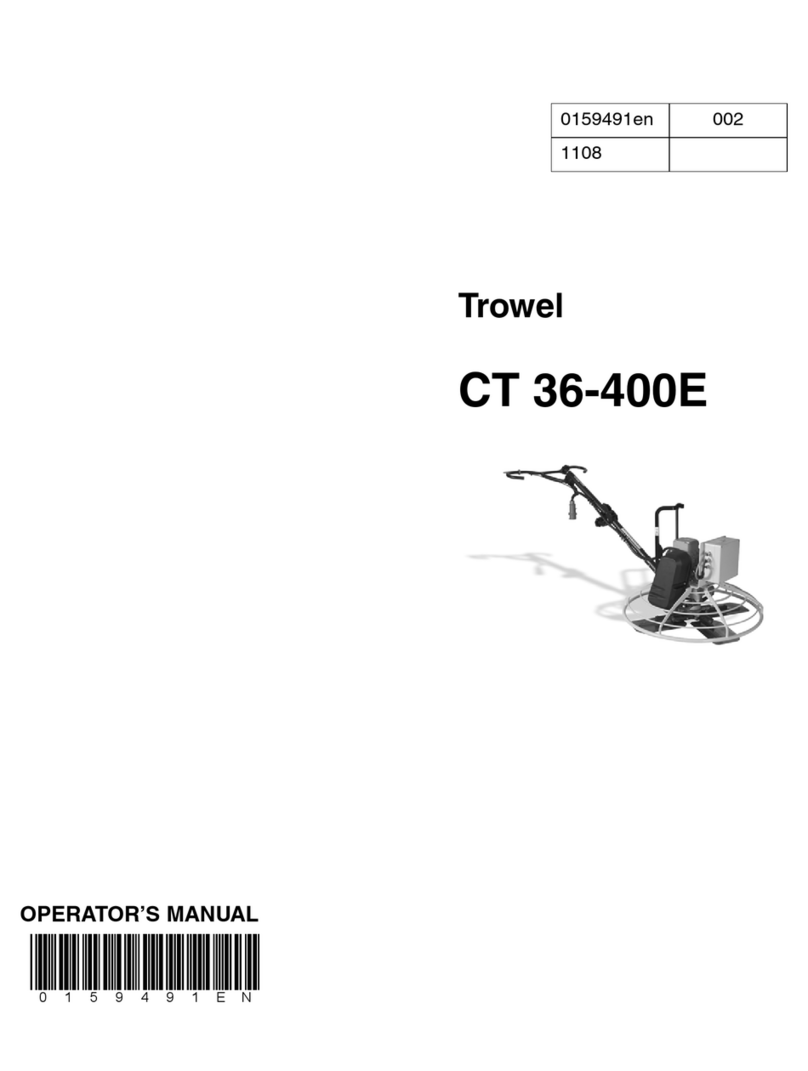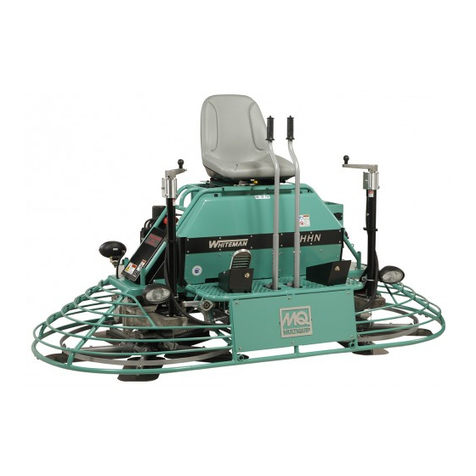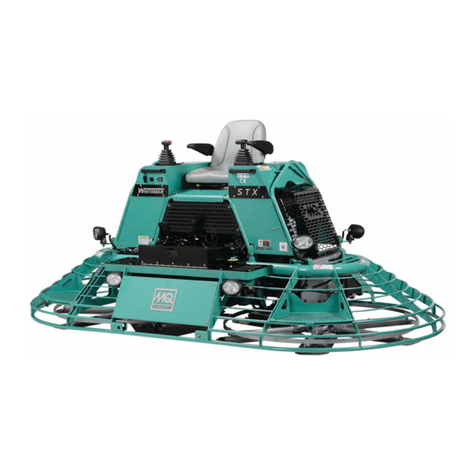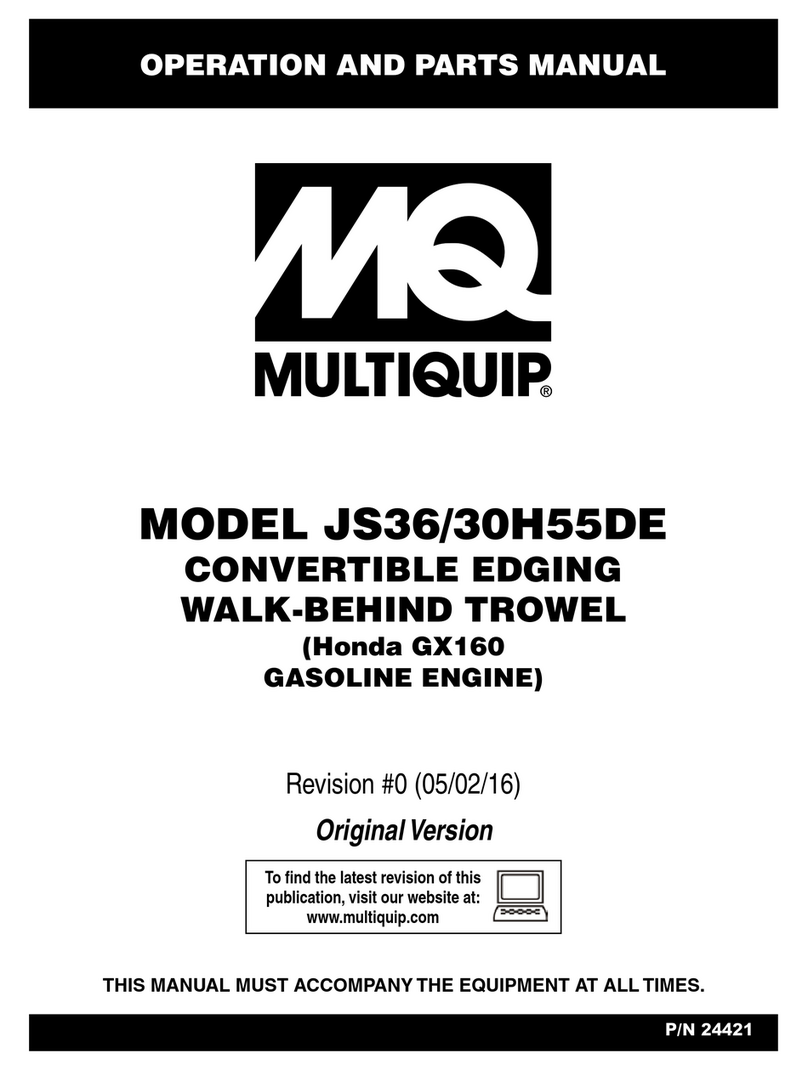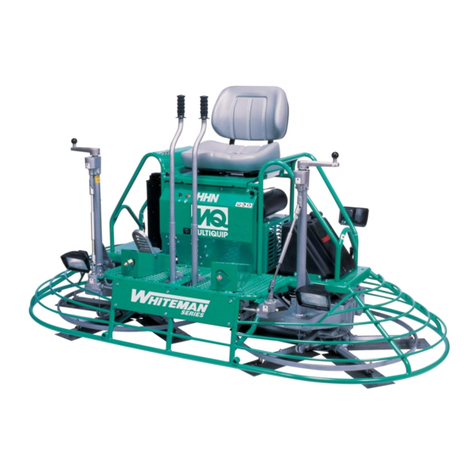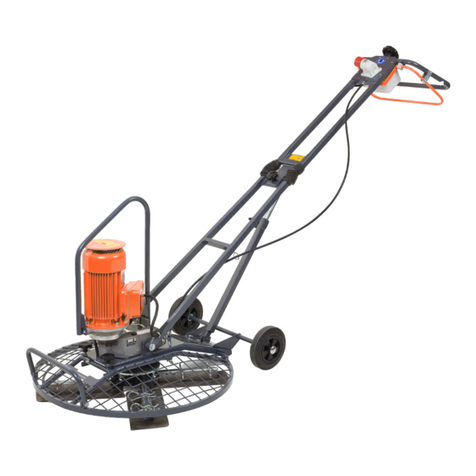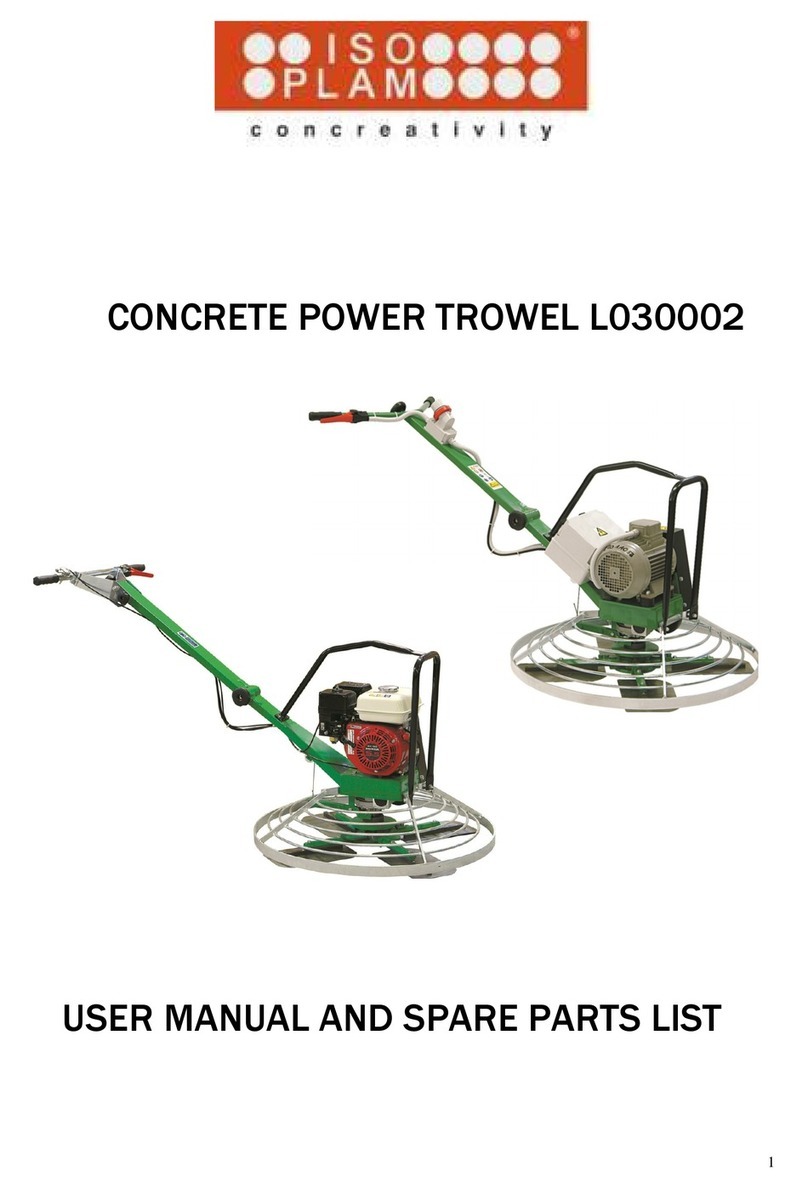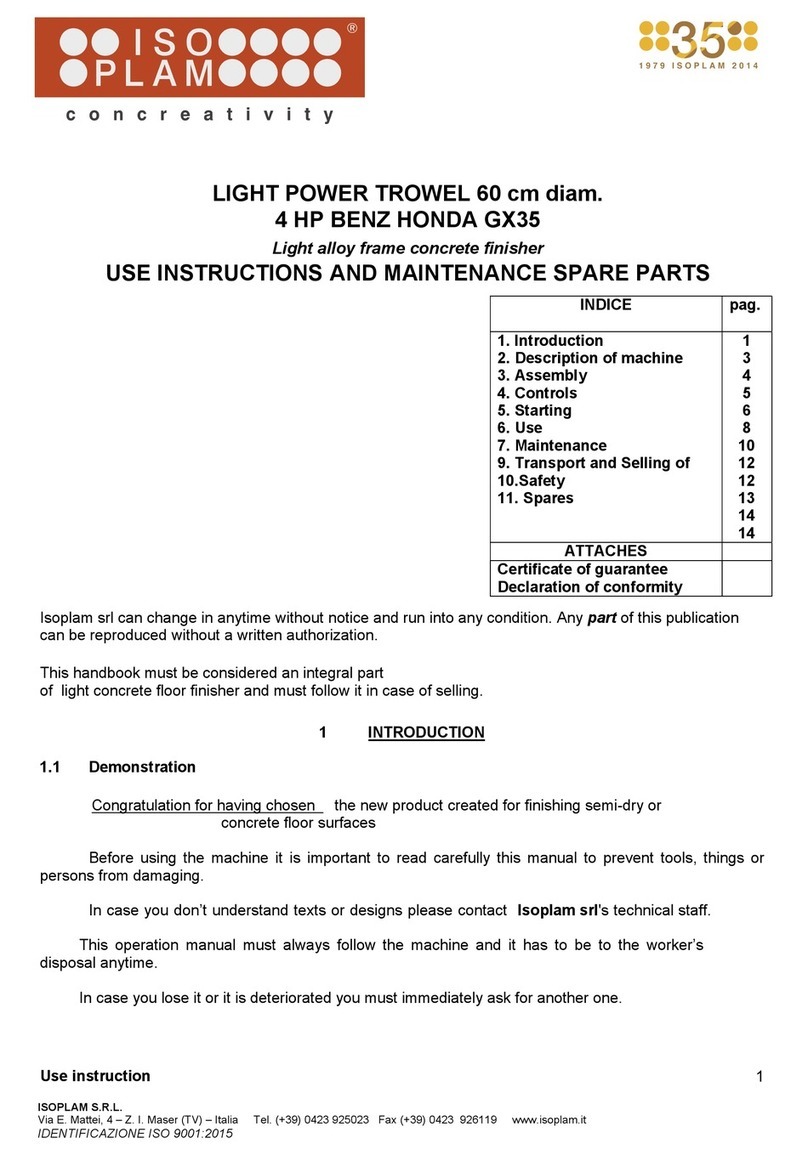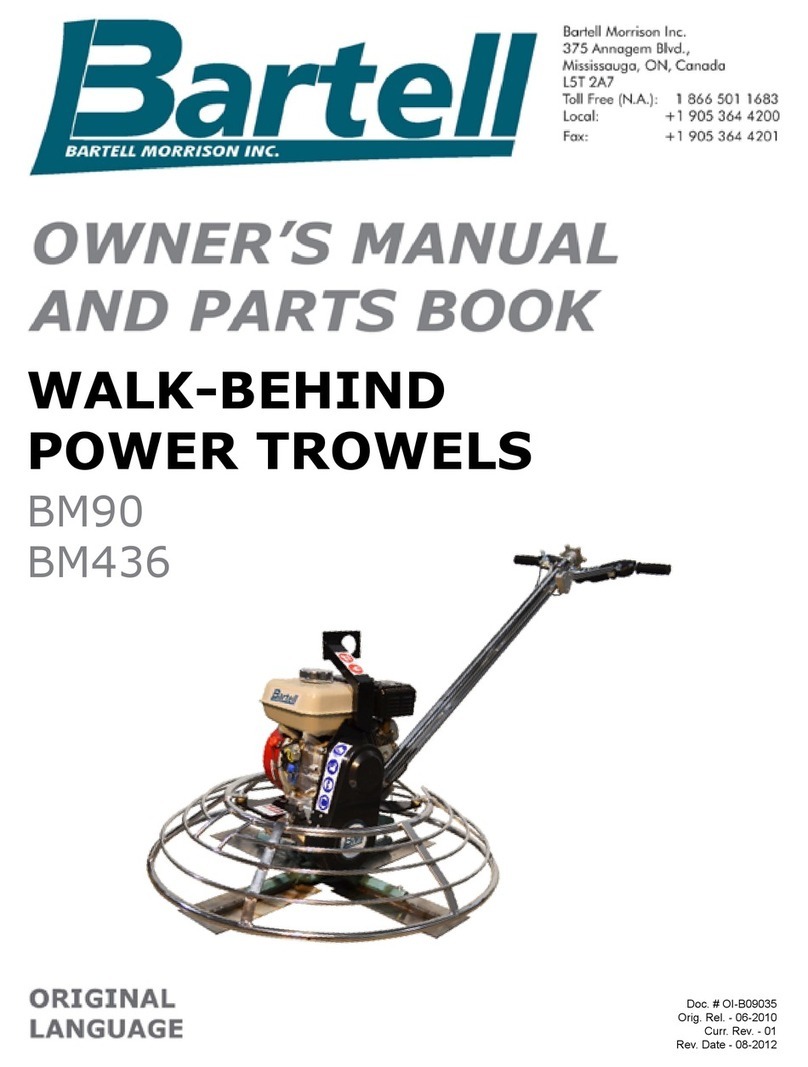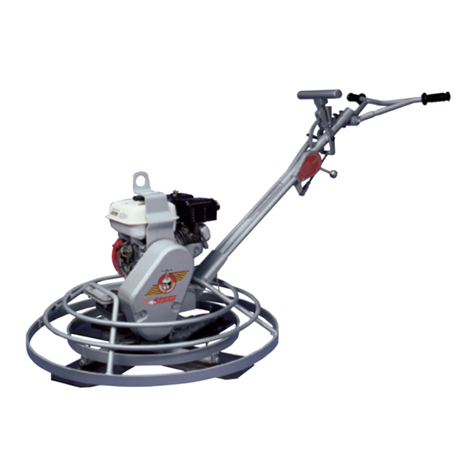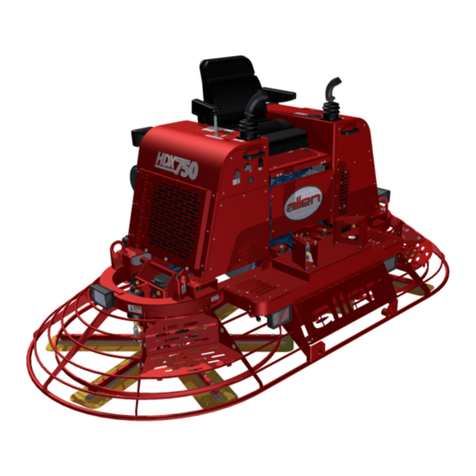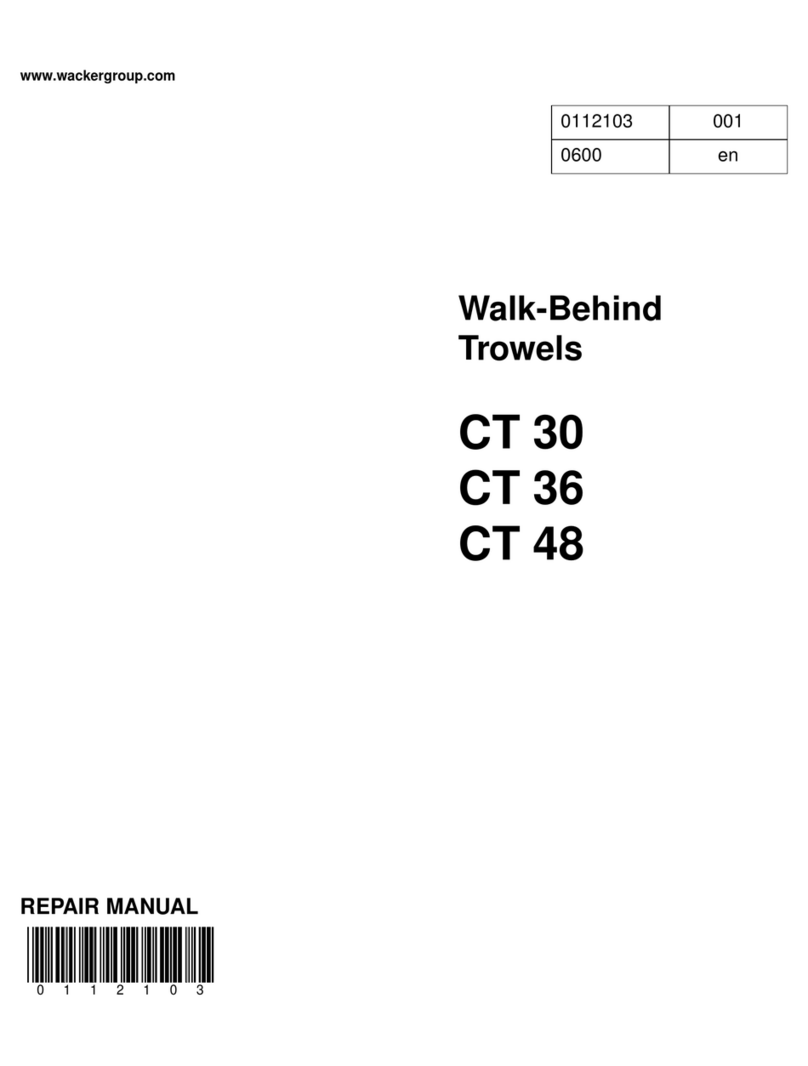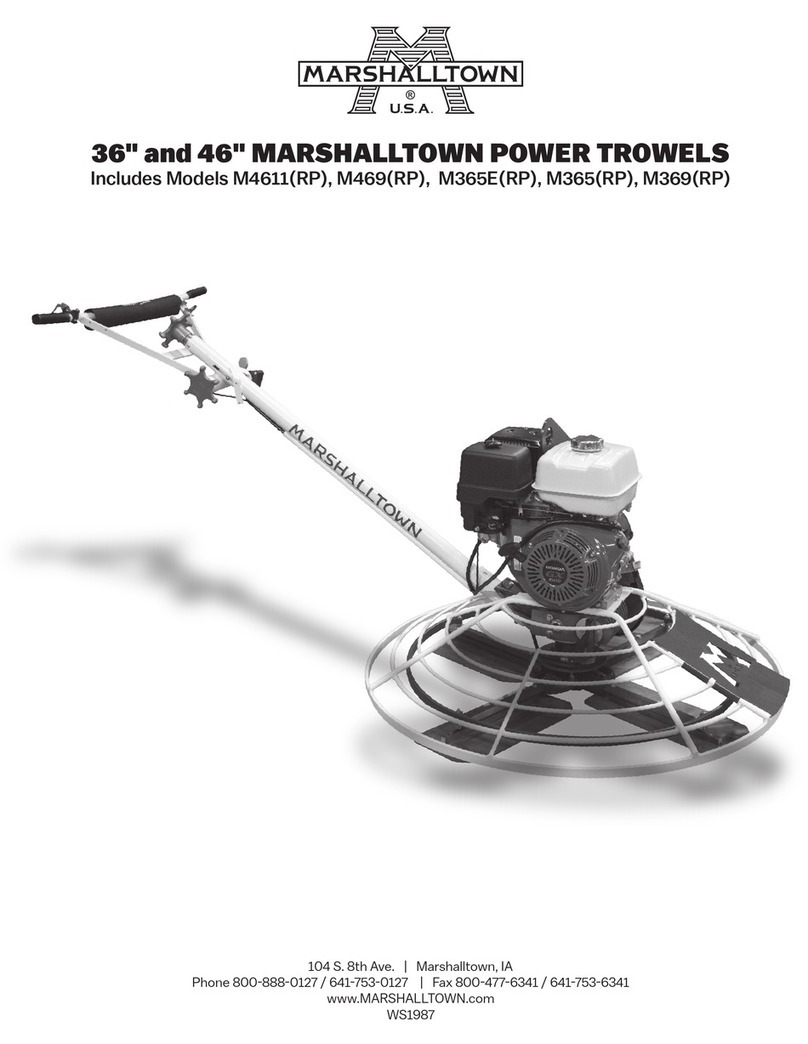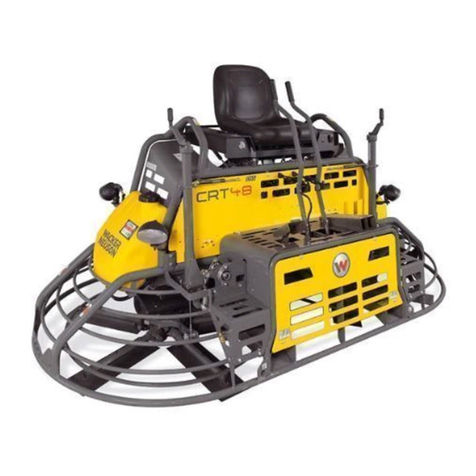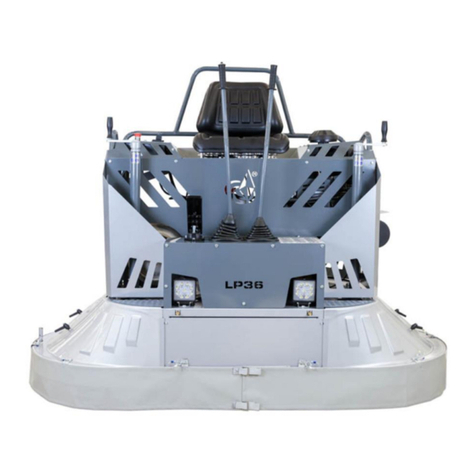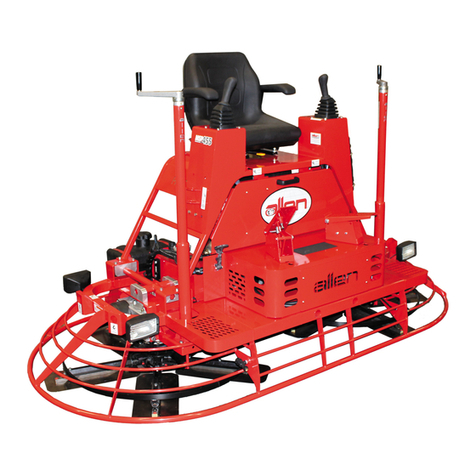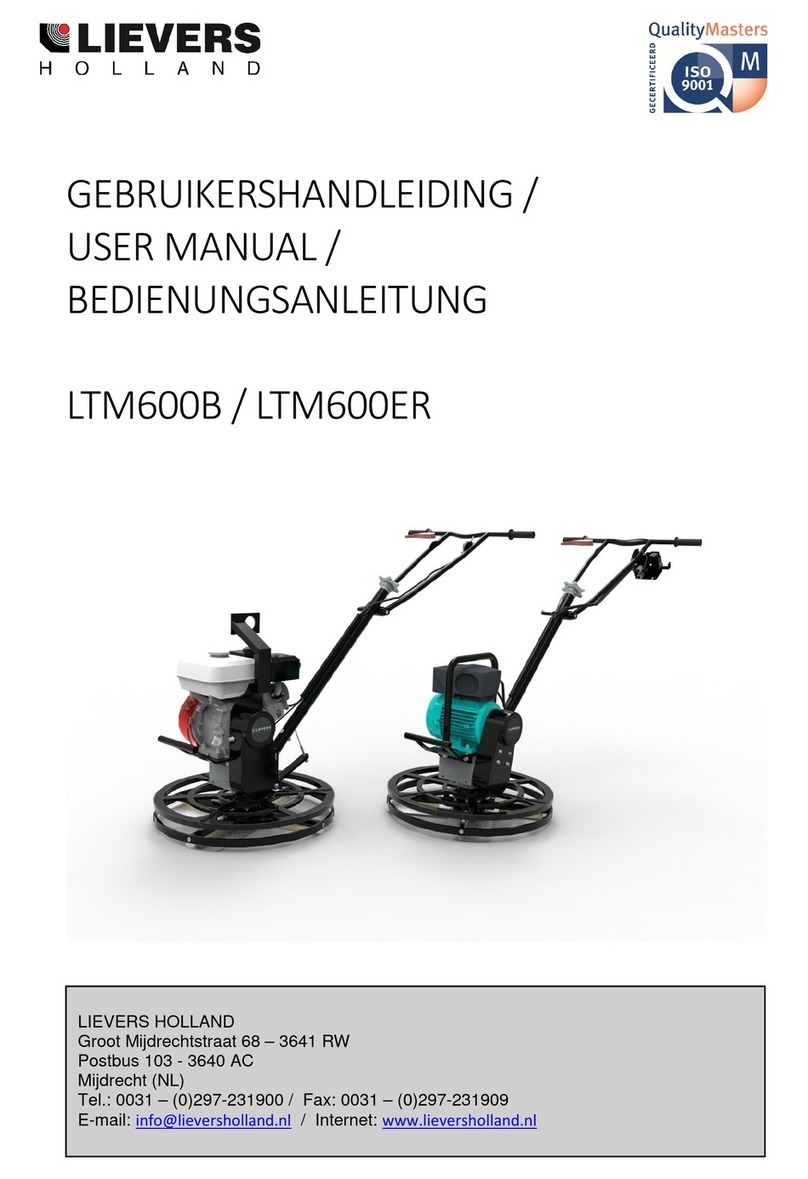SAFETY INFORMATION
FOLLOW ALL SAFETY INSTRUCTIONS
Read all safety instructions carefully. Safety instructions will be found throughout this
manual and on the machine. Keep all safety information in good, readable condition. If
needed, replacement safety information is available.
Proper machine operation includes training for operators. Operators should be versed on
machine safety and operation. Never allow a person who is not properly trained to operate
this equipment. Keep this machine in proper working condition. This includes keeping all
safety decals on the machine clean and visible.
Do not modify this machine. Doing so may cause improper operation and may not be safe.
This may also reduce machine life. Modifying this machine in any way will void the
warranty.
OPERATE MACHINE SAFETY
Always be aware of the operational area of your machine. Operators need to be careful to
keep bystanders and nearby objects at a safe distance from the machine. Never let
someone who is untrained operate this machine.
Study the operational area carefully. Remove all dangerous objects from the finishing area
(i.e. protruding rebar or wood). Do not attempt to use the machine to use the machine
where operation appears to be dangerous.
Keep the machine properly maintained and in good working order. This mainly entails
keeping the machine clean and serviced. This will allow the finisher to perform to it’s fullest
potential and provide the longest operational lifetime. Check the safety kill switch before
and after every operation. It is good practice to stop the machine with the safety kill switch,
to ensure it is operating properly.
Always try to do most work during daylight hours or with sufficient artificial lighting.
Visibility must be good for this machine to be used effectively.
Never operate machinery when tired or ill. Operators must be alert and always looking for
possible signs of danger or misuse of machinery. Do not operate the machine in
dangerous surroundings.
